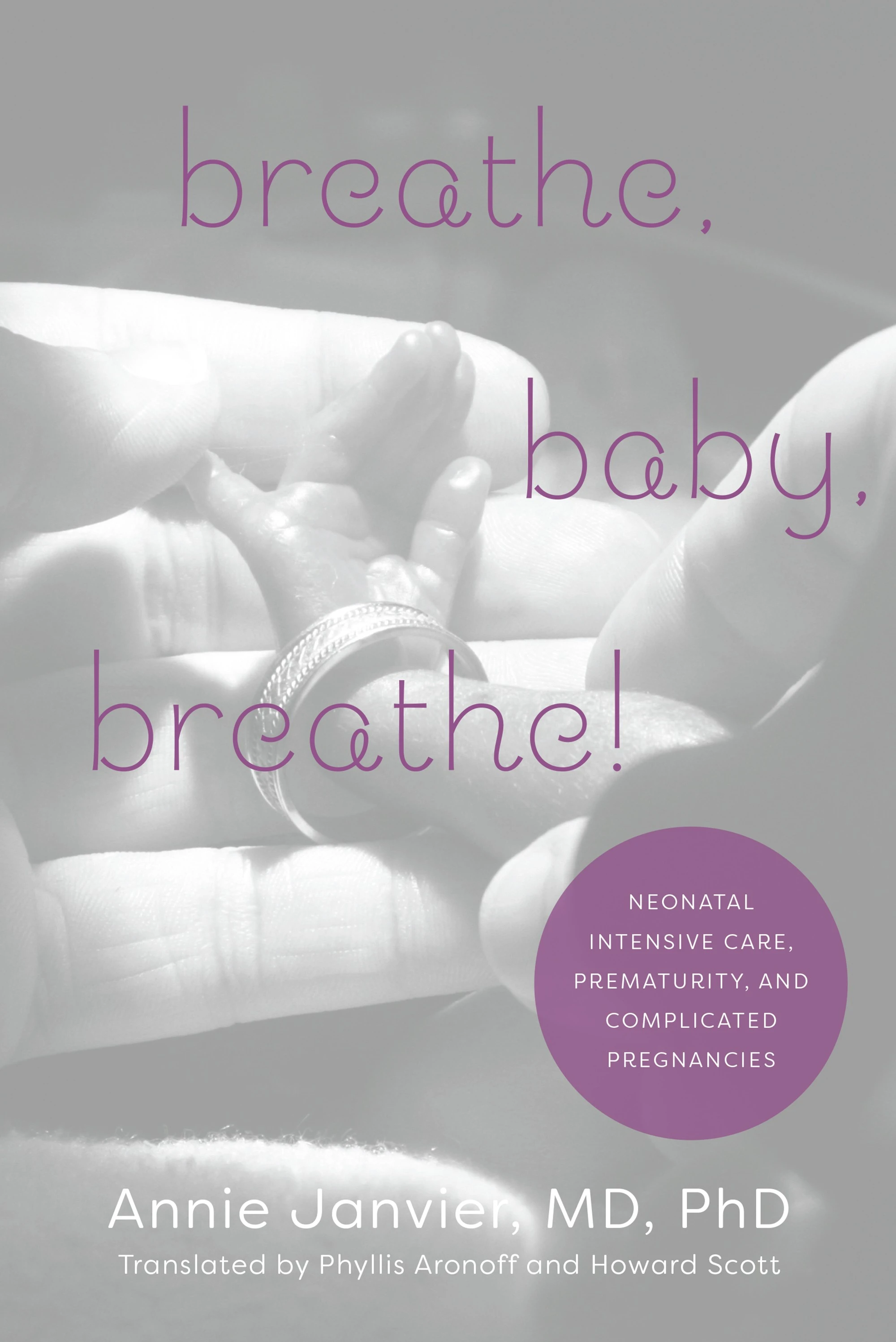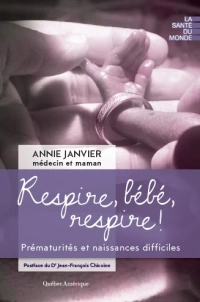Just imagine for a moment that you are the parent of Jo, who is 4 years old, Jo has a sudden onset of breathlessness and the investigations in the Emergency Room show a spontaneous pneumothorax, that needs a drain. You are approached to participate in a research trial of a new anaesthetic spray, shown to be effective in animals, to be given prior to the intercostal incision between Jo’s ribs for chest drain insertion. The control group will have a placebo spray with no active ingredients. The study is a standard, high-quality placebo-controlled trial with masked randomization, and masked intervention. Sounds great, right? You are informed that the local ethics committee approved the trial, which has been registered on a public database.
I think any parent agreeing to potentially have a chest drain inserted in their child without local anaesthesia would be failing in their duty of care to that infant; any researcher designing, performing, or interpreting such a study is unethically assuring that half of the research subjects will feel avoidable pain; and any journal publishing the results is complicit in promoting such unethical practices. The approval of such a trial by an ethics committee does not absolve anyone of their responsibility for their participation.
Why is it different for newborn infants?
Pain from heel-stick procedures is often severe, as shown by frequent elevations of pain scores to the moderate to severe pain range (Bellieni CV, et al. How painful is a heelprick or a venipuncture in a newborn? J Matern Fetal Neonatal Med. 2016;29(2):202-6.). Such pain can be dramatically reduced by concentrated sucrose solutions with non-nutritive sucking, or kangaroo care especially combined with breast feeding. These links are all to Cochrane reviews which are several years old.
There is no excuse for designing or performing or publishing a study where any of the infants are assigned to have pain. Just as there would be no excuse for those involved in Jo’s care allowing or participating in a trial where half of the children have a chest drain inserted with no analgesia.
How should we perform research to advance the care of newborn infants who need painful procedures?
The only reason for performing clinical research is to improve care. So trials showing that a new intervention is better at controlling pain than no analgesia are useless. The only justification for such a trial would be if analgesic interventions currently known to be effective were unavailable or toxic. Neither is true. Skin-to-skin care may not always be possible prior to a heel-stick, for example, if it is needed urgently, or the parents are absent, or the baby is too unstable to move in a hurry. In those cases giving a dose of sucrose and a soother can easily be done. If you don’t have licensed preparations of sucrose then concentrated sterile glucose can be given orally, overall I think it is a little less effective, but still causes a beneficial reduction in pain.
Any new intervention should be initially studied in combination with a proven effective approach, randomly compared with the proven effective approach alone. Perhaps an exception could be made for an intervention shown to be dramatically effective in animal models, where a direct comparison with optimal pain control could be envisaged, but without an untreated control group in either type of study. Studies comparing interventions already known to be effective are clearly OK, such as this one for example (Sen E, Manav G. Effect of Kangaroo Care and Oral Sucrose on Pain in Premature Infants: A Randomized Controlled Trial. Pain Manag Nurs. 2020;21(6):556-64) a well-performed randomized trial showing an advantage of kangaroo care compared to sucrose, or this one (Lago P, et al. Repeating a dose of sucrose for heel prick procedure in preterms is not effective in reducing pain: a randomised controlled trial. Eur J Pediatr. 2020;179(2):293-301), where babies in both groups received sucrose prior to the procedure, and the intervention group received a second dose 30 seconds afterward, showing no additional benefit, or this one (Bresesti I, et al. New perspective for pain control in neonates: a comparative effectiveness research. J Perinatol. 2021;41(9):2298-303) which randomized babies to either breastfeeding or sucrose gel with non-nutritive sucking, or sucrose liquid with non-nutritive sucking, suggesting that the gel is a little better than the liquid and approximately as effective as breast-feeding, or again this one (Nimbalkar S, et al. Blinded randomized crossover trial: Skin-to-skin care vs. sucrose for preterm neonatal pain. J Perinatol. 2020;40(6):896-901) randomly comparing kangaroo care to sucrose showed similar efficacy of the 2 interventions.
Clinically useful, ethically acceptable pain research is not difficult to perform in newborn infants, these above examples are from around the world, and I have found examples from countries with good resources, and from countries with very limited resources. As has been noted, (Harrison D, et al. Sweet Solutions to Reduce Procedural Pain in Neonates: A Meta-analysis. Pediatrics. 2017;139(1):e20160955.) the effectiveness of sweet solutions has been known since the very first trial, and since their effectiveness became incontrovertible, more than 800 babies have been assigned to groups who are intended to experience avoidable pain. Since that analysis was published in 2017, there have been many more.
The first priority must always be to put the baby and their family first, and treat them as you would wish Jo to be treated, if you had to go with Jo to the Emergency Room. Ensuring that your child had adequate pain protection for a planned painful procedure should definitely be your goal, the same thing applies for our patients.









Thank you for this clarification. I agree. It is most important that a new treatment is compared with the established treatment. In this case the established treatment is local anaesthetic. The research treatment should be local for all cases and a random half having the new spray as well.
The trial my show that there is no extra benefit from the spray because local is so effective.